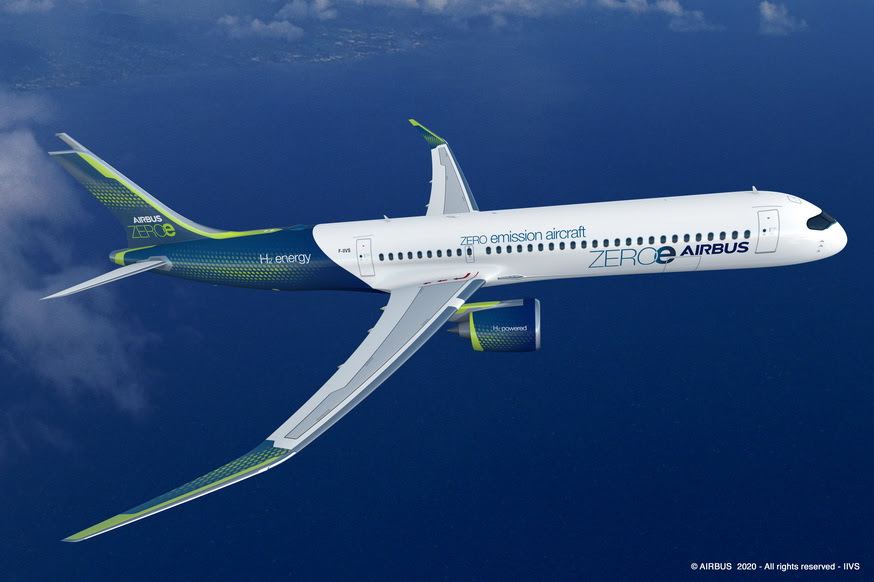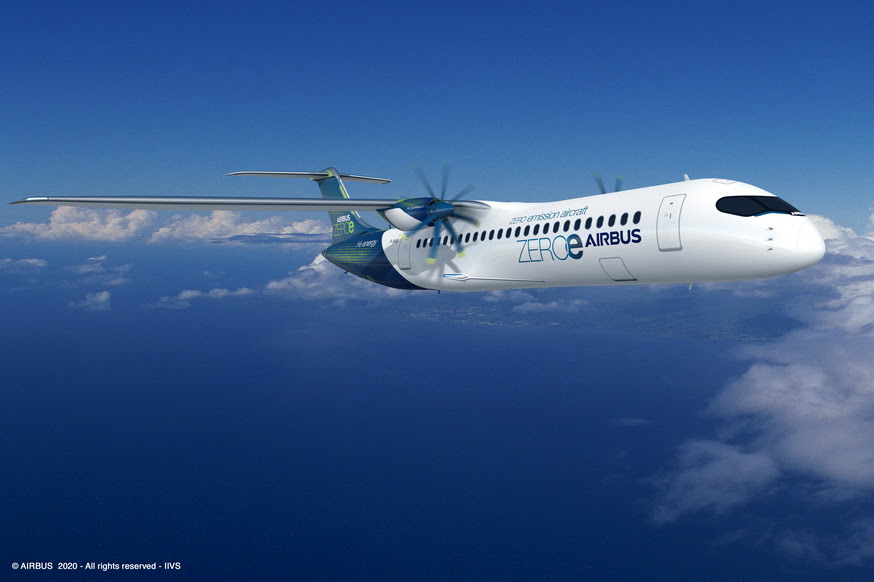Airbus has revealed three ideas for the primary zero-emission business plane, which might theoretically enter service by 2035.
These ideas every signify a distinct method to attaining zero-emission flight, exploring numerous know-how pathways and aerodynamic configurations so as to assist the ambition of main the way in which within the decarbonisation of your entire aviation business.
All of those ideas depend on hydrogen as a major energy supply – an choice which Airbus believes holds distinctive promise as a clear aviation gas and is prone to be an answer for aerospace and lots of different industries to fulfill their climate-neutral targets.
“This can be a historic second for the business aviation sector as an entire and we intend to play a number one function in crucial transition this business has ever seen.
“The ideas we unveil at this time provide the world a glimpse of our ambition to drive a daring imaginative and prescient for the way forward for zero-emission flight,” stated Guillaume Faury, Airbus chief govt.
“I strongly consider that using hydrogen – each in artificial fuels and as a major energy supply for business plane – has the potential to considerably scale back aviation’s local weather affect.”
The three ideas – all codenamed “ZEROe” – for a primary local weather impartial zero-emission business plane embody:

A turbofan design for 120-200 passengers with a spread of two,000+ nautical miles, able to working transcontinentally and powered by a modified gas-turbine engine working on hydrogen, relatively than jet gas, by way of combustion.
The liquid hydrogen will probably be saved and distributed through tanks situated behind the rear stress bulkhead.

A turboprop design for as much as 100 passengers utilizing a turboprop engine as an alternative of a turbofan and in addition powered by hydrogen combustion in modified gas-turbine engines, which might be able to touring greater than 1,000 nautical miles, making it an ideal choice for short-haul journeys.
A blended-wing physique design (above) for as much as 200 passengers through which the wings merge with the principle physique of the plane with a spread much like that of the turbofan idea.
The exceptionally extensive fuselage opens up a number of choices for hydrogen storage and distribution, and for cabin structure.
“These ideas will assist us discover and mature the design and structure of the world’s first climate-neutral, zero-emission business plane, which we intention to place into service by 2035,” stated Faury.
“The transition to hydrogen, as the first energy supply for these idea planes, would require decisive motion from your entire aviation ecosystem.
“Along with the assist from authorities and industrial companions we will rise as much as this problem to scale-up renewable vitality and hydrogen for the sustainable way forward for the aviation business.”
With a purpose to deal with these challenges, airports would require vital hydrogen transport and refuelling infrastructure to fulfill the wants of day-to-day operations.
Assist from governments will probably be key to fulfill these formidable aims with elevated funding for analysis and know-how, digitalisation, and mechanisms that encourage using sustainable fuels and the renewal of plane fleets to permit airways to retire older, much less environmentally pleasant plane earlier.

